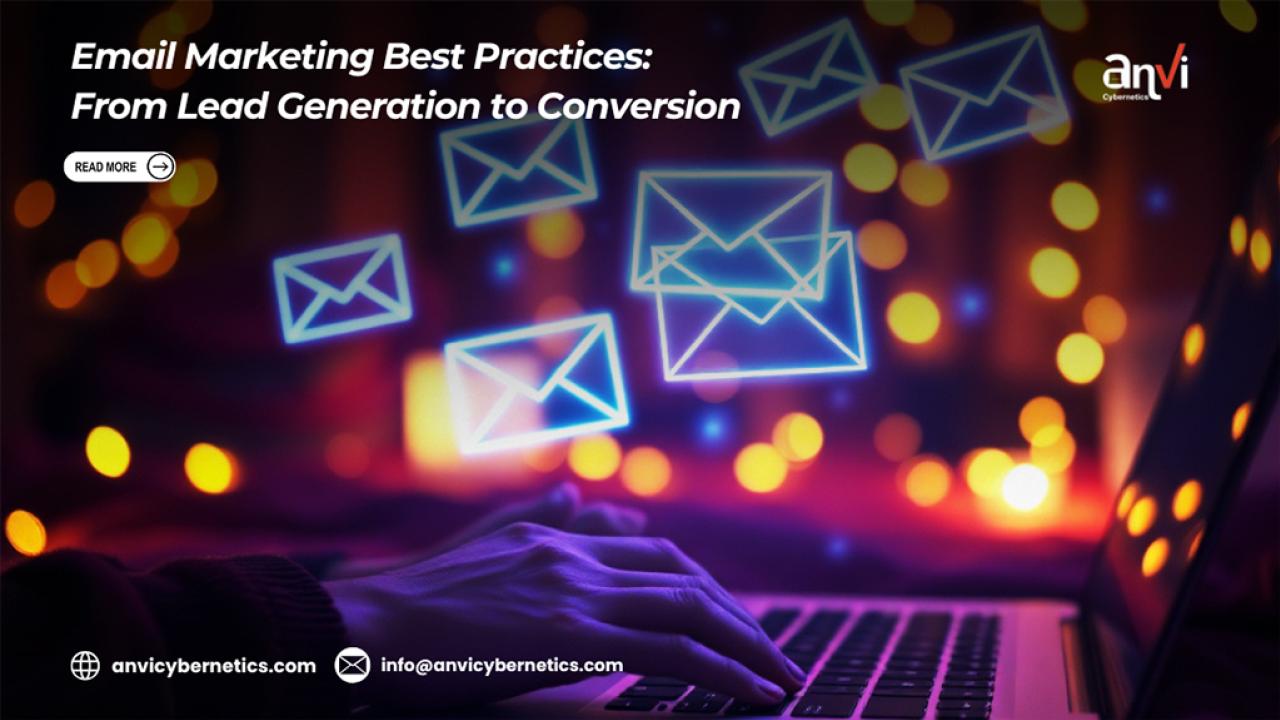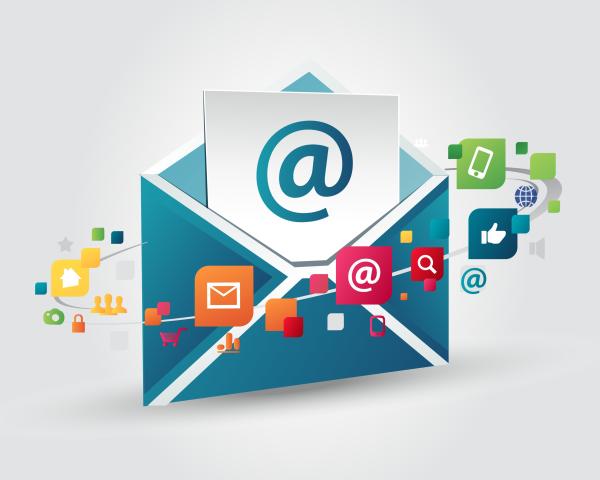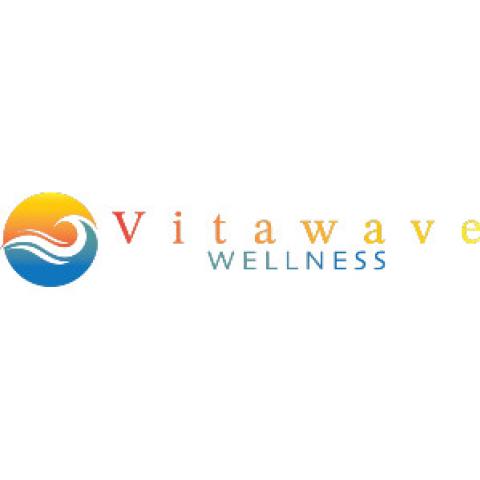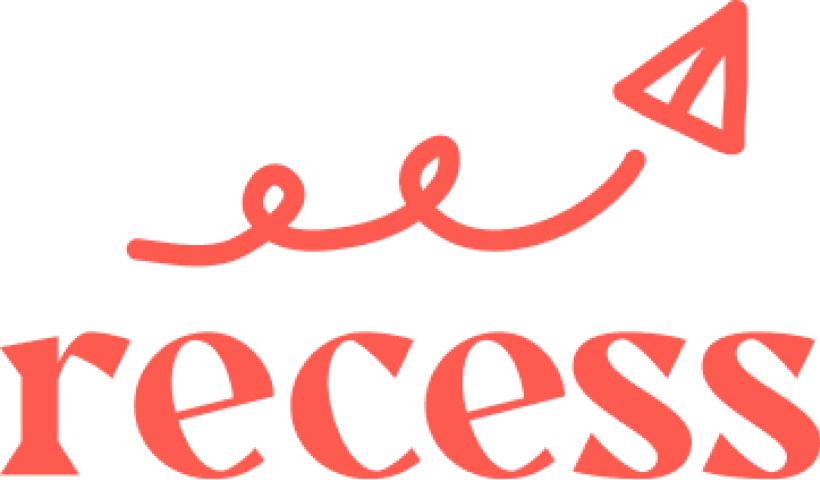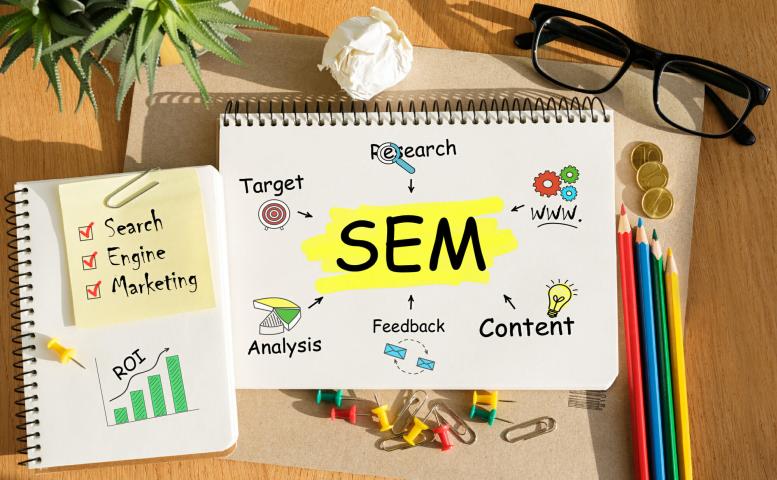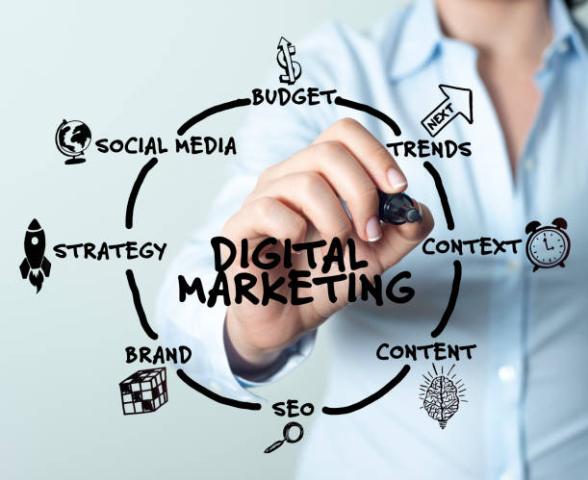In today’s digitally connected world, email marketing remains a powerhouse. It’s personal, direct, and effective when done right. While many businesses jump into email campaigns with high hopes, not all achieve the same level of success. Why? Because effective email marketing goes beyond just sending out newsletters or promotions. It involves a blend of strategy, timing, and personalization.
This blog will walk you through the best practices for email marketing — from lead generation to conversion — and how you can make the most of this timeless channel. Whether you’re using platforms like Mailchimp or Thunderbird, or looking for ways to integrate email marketing with your broader digital marketing efforts, these tips will help elevate your strategy. Let’s dive in.
1. Start with Strong Lead Generation
Before you can start converting, you need an audience. That’s where lead generation comes into play. Capturing the right leads—people who are genuinely interested in what you offer—is the first step.
Your lead generation efforts should go hand-in-hand with your email marketing strategy. Use lead magnets, such as free guides, eBooks, or discounts, to entice potential customers to share their email addresses. It’s essential to ensure that your offers are relevant and provide value. If you’re looking for tried-and-true techniques to boost your lead generation, check out this guide on proven digital marketing strategies.
One proven technique is to create custom landing pages for each lead magnet, optimized for conversion. The page should explain why the visitor should care about your offer, with a clear and compelling call-to-action (CTA) to submit their email.
2. Segment Your Audience
Once you have a list of leads, it’s crucial to recognize that not all leads are the same. Segmentation is a powerful practice that helps you tailor your messaging to different parts of your audience.
You can segment based on several factors:
- Demographics: age, gender, location.
- Behavior: what they’ve clicked on or purchased in the past.
- Engagement: whether they frequently open your emails or haven’t interacted in a while.
By segmenting your audience, you ensure that each group receives content that resonates with them personally, increasing your chances of engagement and conversion. Tools like Mailchimp make segmentation simple by allowing you to create and send targeted campaigns based on specific audience behaviors.
3. Craft Compelling Subject Lines
Did you know that 47% of email recipients decide whether to open an email based solely on the subject line? That’s why crafting the right subject line is crucial.
The perfect subject line strikes a balance between curiosity and clarity. It should tease the value of your email but still be straightforward enough to tell the reader what to expect. Here are a few tips:
- Keep it short and sweet: Aim for 6-10 words.
- Use personalization: Include the recipient’s name or reference their past behavior.
- Create urgency: Phrases like “Limited time offer” or “Last chance” can encourage immediate action.
- A/B test: Try different subject lines on small segments of your audience and see which performs best.
When creating subject lines, think about how they might speak to different segments of your audience.
4. Personalize Your Emails
In a world where people are inundated with emails, personalization is key. Emails that feel like they’re crafted just for the recipient outperform generic blasts. By personalizing your emails, you’re making each recipient feel valued and more connected to your brand.
Personalization goes beyond just using someone’s first name. You can:
- Send product recommendations based on previous purchases.
- Provide relevant content based on a subscriber’s preferences.
- Use personalized images or content that ties into their location or interests.
Mailchimp offers dynamic content options, enabling you to easily implement personalized features. And if you’re a Thunderbird user, they also support email personalization features, which can be enhanced with add-ons and plugins available on the Thunderbird platform.
5. Create Engaging Content
Content is at the heart of your email marketing strategy. When you consistently send valuable, interesting, and actionable content, you build trust with your audience. Here’s how you can keep your emails engaging:
- Be clear and concise: Respect your reader’s time by getting straight to the point.
- Add visuals: Use high-quality images, GIFs, or infographics to break up text and make your emails more visually appealing.
- Include strong CTAs: Whether you want recipients to shop, read a blog, or sign up for a webinar, make sure your CTA is clear and compelling.
- Mix it up: Don’t just send promotional emails. Mix in educational content, tips, and even customer stories to keep things fresh.
6. Timing is Everything
Email timing can significantly impact your open and click-through rates. The best time to send emails depends on your audience, but studies have shown that emails sent on Tuesday and Thursday mornings tend to perform well.
Of course, these are just general trends. It’s essential to test different times and days to see what works best for your particular audience. Most email marketing platforms, including Mailchimp, offer scheduling tools that allow you to experiment with sending times and track performance.
7. A/B Test Everything
Email marketing is as much science as it is art. To fine-tune your campaigns, you need to embrace A/B testing.
- Test your subject lines: Try different lengths, tones, and formats.
- Experiment with content: See how different offers, images, or layouts perform.
- Test send times: Test different days or times to see when your audience is most likely to engage.
Make sure to test one variable at a time to clearly understand what’s driving the results.
8. Focus on Deliverability
Deliverability is a critical yet often overlooked aspect of email marketing. You might have the best content, but it’s useless if it doesn’t land in the inbox. Here’s how to improve your email deliverability:
- Authenticate your domain: Use SPF, DKIM, and DMARC protocols to show email servers that you’re a legitimate sender.
- Use a clean list: Regularly remove inactive subscribers and avoid purchasing email lists.
- Limit spammy language: Words like “free” or “guarantee” can trigger spam filters.
If you need more help with technical aspects, services like Anvi Cybernetics offer cybersecurity and marketing solutions, including advice on improving email deliverability.
9. Measure, Analyze, and Optimize
Once your campaign is live, it’s time to track its performance. Key metrics include:
- Open rates: How many recipients opened your email.
- Click-through rates (CTR): How many people clicked on a link in your email.
- Conversion rates: How many recipients took the desired action, like making a purchase or signing up for a webinar.
Regularly analyze these metrics to understand what’s working and what’s not. Tools like Mailchimp provide in-depth analytics that help you refine your strategy over time.
Conclusion
Email marketing remains a highly effective tool when executed thoughtfully. By focusing on the entire funnel—from lead generation to conversion—you can create campaigns that not only engage your audience but also drive results. Whether you’re just starting out or looking to improve your email marketing efforts, following these best practices will ensure you’re on the path to success.
To learn more about enhancing your digital marketing strategy, visit Anvi Cybernetics.
